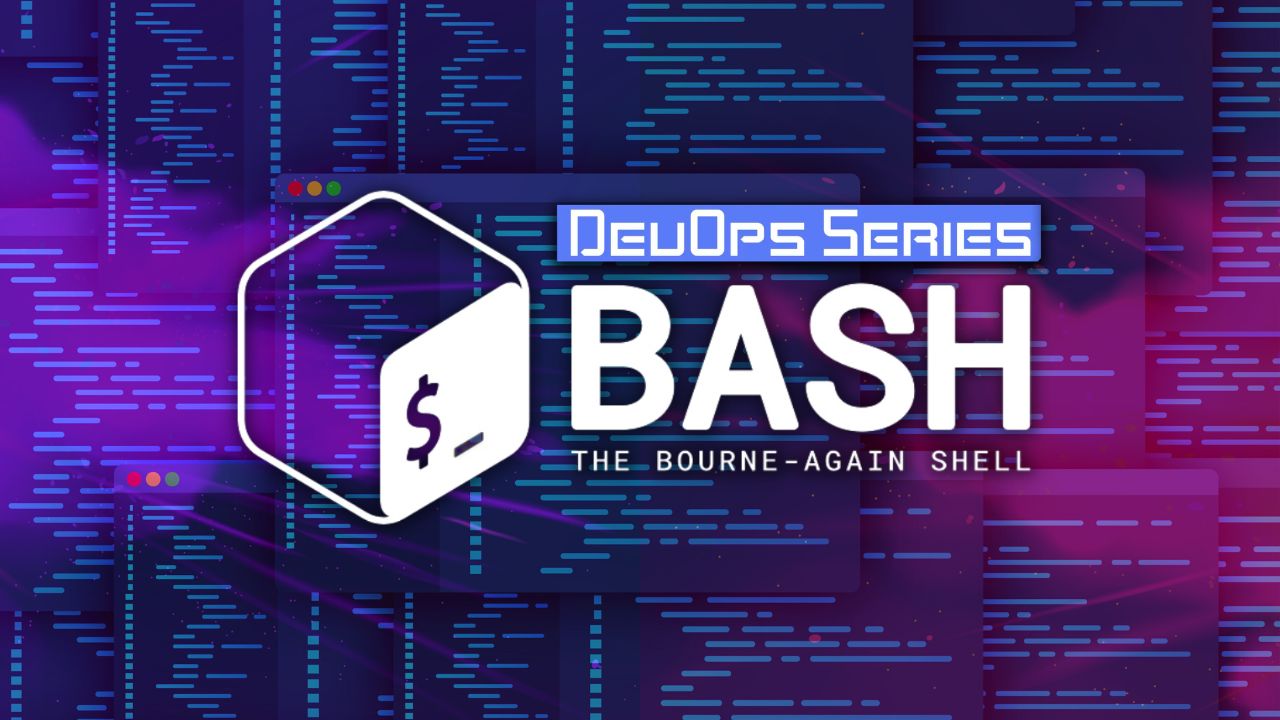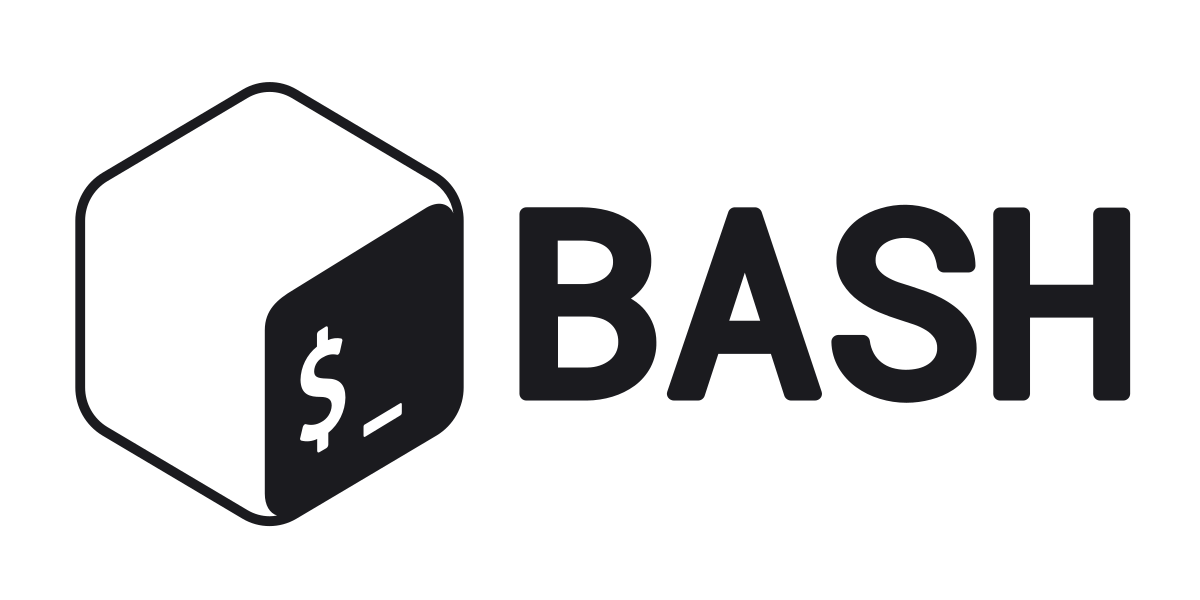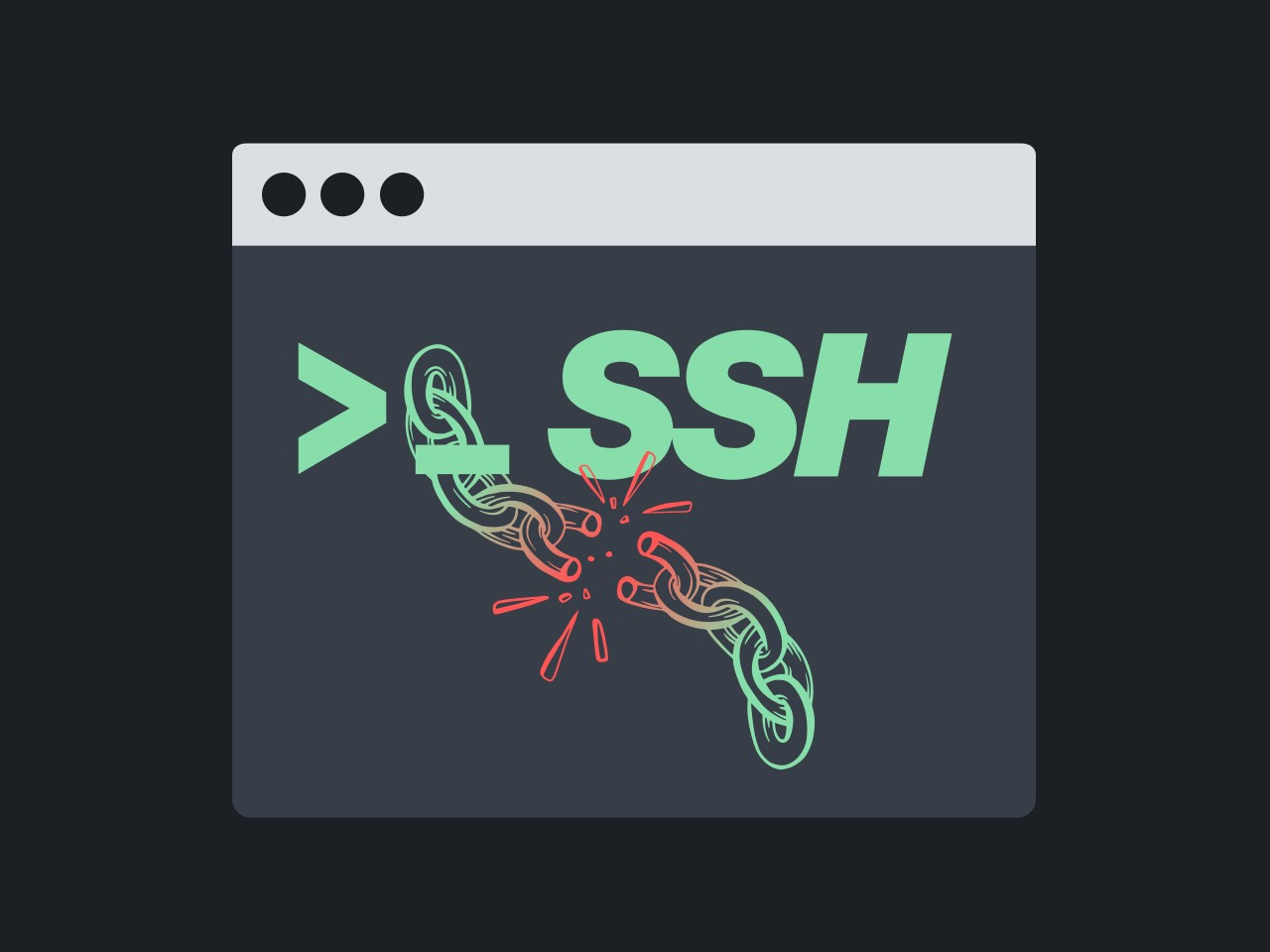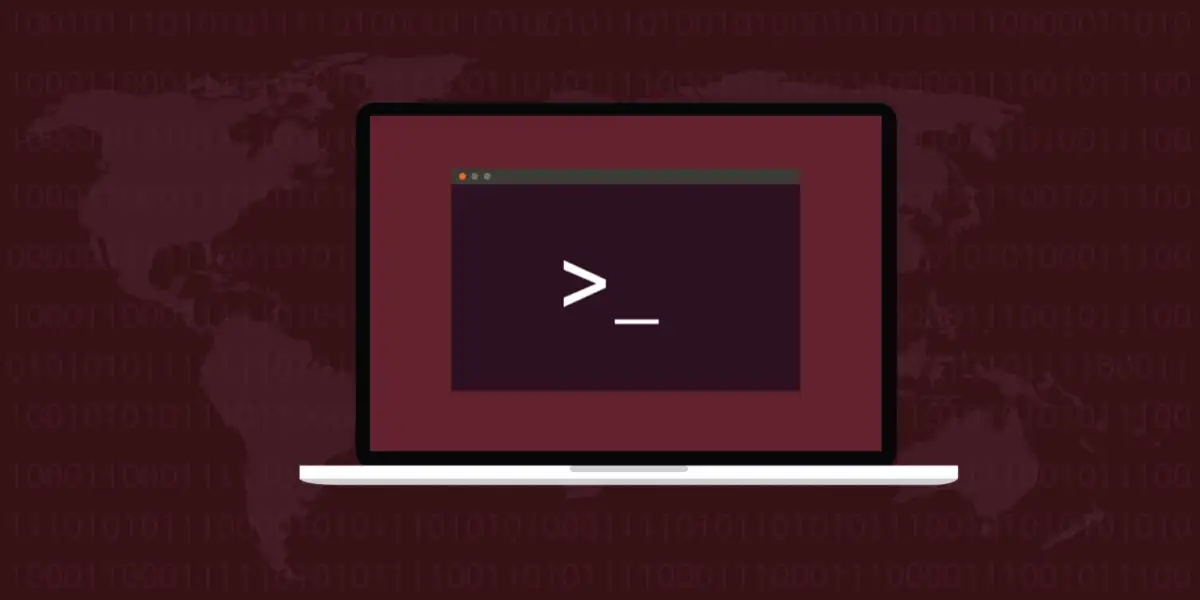Introduction: Secure Shell (SSH) is a versatile and powerful tool that serves as the backbone for secure remote access and administration in the digital world. While many are familiar with the basics of SSH, there exists a realm of advanced techniques and features that can elevate the capabilities of power users and administrators. This article delves into the realm of advanced SSH techniques, exploring strategies and functionalities that go beyond the basics, empowering users to maximize their efficiency and security in remote operations.
Advanced SSH Techniques:
- SSH Tunnelling: SSH tunnelling, also known as port forwarding, allows users to securely tunnel network traffic between local and remote machines. This technique enables access to services hosted on remote servers without exposing them to the public internet. Power users can leverage SSH tunnelling to bypass firewalls, securely access internal resources, and encrypt traffic between client and server.
- ProxyJump and ProxyCommand: ProxyJump and ProxyCommand are advanced SSH configuration options that enable users to establish SSH connections through intermediate hosts or jump hosts. This technique is particularly useful in complex network environments where direct connectivity to a target host may not be possible. By configuring ProxyJump or ProxyCommand, administrators can streamline their SSH connections and simplify access to remote systems.
- SSH Multiplexing: SSH multiplexing allows users to reuse a single SSH connection for multiple concurrent sessions, reducing connection overhead and improving performance. By enabling SSH multiplexing, power users can establish persistent connections to remote servers and seamlessly switch between sessions without the need for repeated authentication. This technique is especially beneficial for administrators managing multiple servers simultaneously.
- SSH Key Management: Advanced SSH key management involves implementing robust practices for key generation, distribution, and rotation. Power users and administrators should utilize key pairs consisting of a public key (shared with the server) and a private key (kept securely by the user). Additionally, they should regularly rotate SSH keys, revoke compromised keys, and enforce strict access controls to prevent unauthorized access.
- SSH Certificate Authentication: SSH certificate authentication is an advanced authentication mechanism that enhances security and scalability in large-scale environments. Unlike traditional key-based authentication, SSH certificates are signed by a trusted certificate authority (CA) and can be centrally managed, eliminating the need to distribute and manage individual keys. Power users and administrators can leverage SSH certificate authentication to streamline access management and enforce stronger security policies.
Best Practices for Advanced SSH Usage:
- Implement Role-Based Access Control (RBAC): Utilize RBAC to define granular access controls and assign permissions based on user roles and responsibilities. By implementing RBAC, administrators can enforce the principle of least privilege and minimize the risk of unauthorized access to critical systems and resources.
- Enable Two-Factor Authentication (2FA): Enhance security by enabling two-factor authentication (2FA) for SSH connections. By requiring users to provide a second form of authentication in addition to their SSH credentials, such as a one-time password (OTP) or hardware token, administrators can add an extra layer of protection against credential theft and unauthorized access.
- Regularly Audit SSH Configurations: Conduct regular audits of SSH configurations to ensure compliance with security policies and best practices. Review SSH access controls, authentication mechanisms, and key management procedures to identify potential vulnerabilities and areas for improvement.
Conclusion: Beyond the basics lies a realm of advanced SSH techniques that can empower power users and administrators to enhance their efficiency and security in remote operations. By mastering advanced SSH functionalities such as tunnelling, proxying, multiplexing, key management, and certificate authentication, users can streamline their workflows, mitigate security risks, and maintain control over their networked infrastructure. Embracing best practices and staying abreast of advancements in SSH technology enables organizations to harness the full potential of SSH while safeguarding their digital assets against evolving cyber threats.











